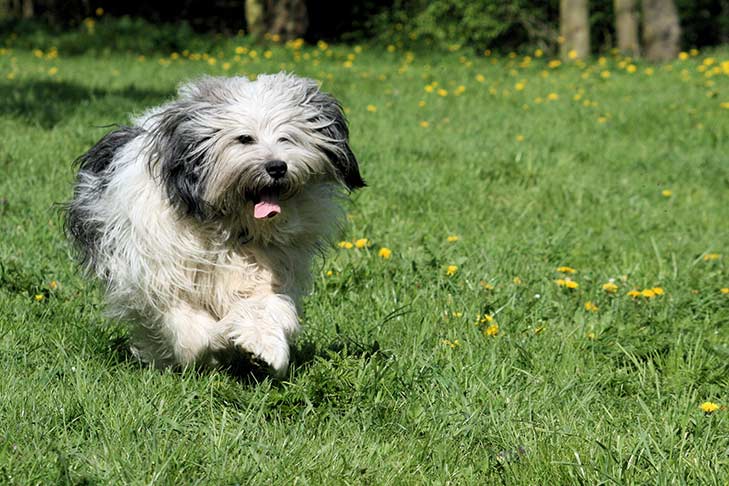The Polish Lowland Sheepdog is an intelligent, self-assured, and a little stubborn herding dog with a shaggy coat that enjoys exercise and labor-intensive tasks. They are the preferred companions and watchdogs of Polish city people since they are small, vigilant, and flexible. First, a word about that moniker: PON stands for Polski Owczarek Nizinny, the designation of the breed in Poland. PONs are robust and stocky while being not very huge dogs, standing little more than 20 inches at the shoulder. The double coat, which is long and shaggy on top and soft and dense below, covers the rectangular body from head to toe and comes in a variety of colors. The eyes, which express the sharp, penetrating glance so typical of watchdogs and herders, are hidden by the head’s thick coat.
Polish Lowland Sheepdog
Average sizes and life
expectancy of the breed.
Height
18-20 inches (male)
17-19 inches (female)
Weight
30-50 pounds
Life Expectancy
12-14 years
Breed Traits & Characteristics
About the Breed

Owning a dog is not just a privilege; it’s a responsibility. They depend on us for, at minimum, food and shelter, and deserve much more. When you take a dog into your life, you need to understand the commitment that dog ownership entails.
 Health
Health
Recommended Health Tests From the National Breed Club:
- Hip Evaluation
- Ophthalmologist Evaluation
 Grooming
Grooming
 Exercise
Exercise
 Training
Training
 Nutrition
Nutrition
History
The Huns were one of the legions of Asian invaders that poured into central Europe during the last days of the Roman Empire. PONs are said to be the offspring of Hunnic dogs and native stock in the region that is now known as Poland. PONs were designed to be fearless guard dogs at night and calm flock dogs during the day. PONs are believed to have contributed to the genetic puzzle that became the Bearded Collie around the 1500s when traders introduced them to Scotland.



